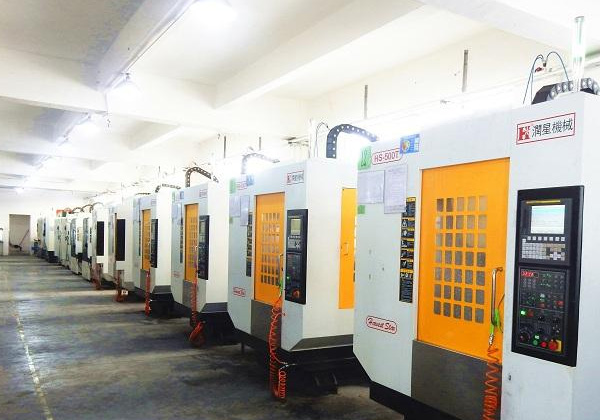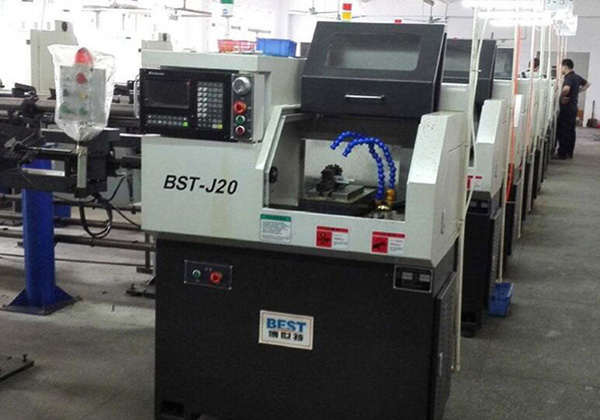
The meaning of the performance level of screws and bolts
The bolts for steel structure connection are classified into more than 10 grades of 3.6, 4.6, 4.8, 5.6, 6.8, 8.8, 9.8, 10.9, 12.9…
The bolts for steel structure connection are classified into more than 10 grades of 3.6, 4.6, 4.8, 5.6, 6.8, 8.8, 9.8, 10.9, 12.9, etc., of which the bolts of grade 8.8 and above are made of low carbon alloy steel or medium carbon steel and heat treated. (Quenching, tempering), commonly known as high-strength bolts, the rest are commonly referred to as ordinary bolts. The bolt performance grade label is composed of two parts, which represent the nominal tensile strength value and the yield ratio of the bolt material. E.g:
Bolts with a performance class of 4.6, which means:
1. The nominal tensile strength of bolt material is up to 400MPa;
2. The yield ratio of the bolt material is 0.6;
3. The nominal yield strength of bolt material is up to 400×0.6=240MPa
Performance grade 10.9 high strength bolts, after heat treatment, can achieve:
1. The nominal tensile strength of bolt material is up to 1000MPa;
2. The yield ratio of the bolt material is 0.9;
3. The nominal yield strength of the bolt material is 1000×0.9=900MPa
The meaning of the bolt performance grade is the international standard. The bolts of the same performance grade have the same performance regardless of the difference between the material and the place of origin. Only the performance grade can be selected in the design.
Strength grades The so-called 8.8 and 10.9 grades refer to bolts with shear stress ratings of 8.8 GPa and 10.9 GPa.
8.8 Nominal tensile strength 800N/MM2 Nominal yield strength 640N/MM2
The general bolt is expressed by "XY", X*100=the tensile strength of this bolt, X*100*(Y/10)=the yield strength of this bolt (because it is specified by the mark: yield strength/tensile strength) =Y/10)
Such as 4.8
Then the tensile strength of the bolt is: 400 MPa; the yield strength is: 400*8/10=320 MPa.
Another: stainless steel bolts are usually labeled A4-70, A2-70, the meaning is explained otherwise
Measurement: There are two main types of length measurement units in the world today. One is metric, and the measurement units are meters (m), centimeters (cm), and millimeters (mm). They are used in Southeast Asia such as Europe, China, and Japan. The other is the British system, the measurement unit is mainly inches (inch), which is equivalent to the old city market in China, and is used more in the United States, Britain and other European and American countries.
1. Metric measurement: (10 decimal) 1m = 100 cm = 1000 mm
2, inch measurement: (8) 1 inch = 8 inches 1 inch = 25.4 mm 3 / 8 ¢¢ × 25.4 = 9.52
Bolts with a performance class of 4.6, which means:
1. The nominal tensile strength of bolt material is up to 400MPa;
2. The yield ratio of the bolt material is 0.6;
3. The nominal yield strength of bolt material is up to 400×0.6=240MPa
Performance grade 10.9 high strength bolts, after heat treatment, can achieve:
1. The nominal tensile strength of bolt material is up to 1000MPa;
2. The yield ratio of the bolt material is 0.9;
3. The nominal yield strength of the bolt material is 1000×0.9=900MPa
The meaning of the bolt performance grade is the international standard. The bolts of the same performance grade have the same performance regardless of the difference between the material and the place of origin. Only the performance grade can be selected in the design.
Strength grades The so-called 8.8 and 10.9 grades refer to bolts with shear stress ratings of 8.8 GPa and 10.9 GPa.
8.8 Nominal tensile strength 800N/MM2 Nominal yield strength 640N/MM2
The general bolt is expressed by "XY", X*100=the tensile strength of this bolt, X*100*(Y/10)=the yield strength of this bolt (because it is specified by the mark: yield strength/tensile strength) =Y/10)
Such as 4.8
Then the tensile strength of the bolt is: 400 MPa; the yield strength is: 400*8/10=320 MPa.
Another: stainless steel bolts are usually labeled A4-70, A2-70, the meaning is explained otherwise
Measurement: There are two main types of length measurement units in the world today. One is metric, and the measurement units are meters (m), centimeters (cm), and millimeters (mm). They are used in Southeast Asia such as Europe, China, and Japan. The other is the British system, the measurement unit is mainly inches (inch), which is equivalent to the old city market in China, and is used more in the United States, Britain and other European and American countries.
1. Metric measurement: (10 decimal) 1m = 100 cm = 1000 mm
2, inch measurement: (8) 1 inch = 8 inches 1 inch = 25.4 mm 3 / 8 ¢¢ × 25.4 = 9.52
 Phone:+86-15999891085
Phone:+86-15999891085












